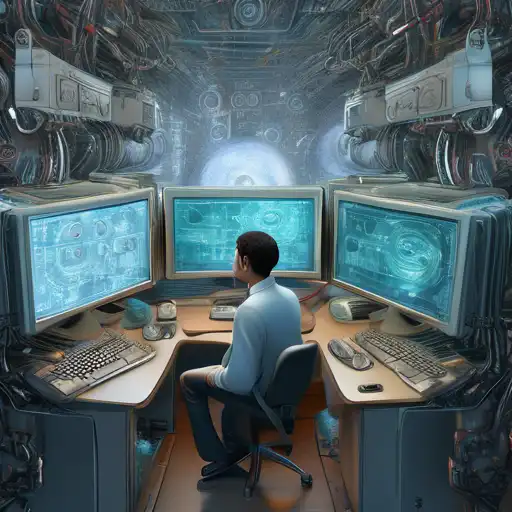Empowering Machines with Sight: The Evolution of Computer Vision
In the realm of artificial intelligence, computer vision stands as a groundbreaking technology that enables machines to interpret and understand the visual world. By mimicking human vision, computer vision systems can recognize objects, faces, and even emotions, transforming industries from healthcare to automotive.
The Foundation of Computer Vision
At its core, computer vision involves the automatic extraction, analysis, and understanding of useful information from a single image or a sequence of images. It combines techniques from machine learning, deep learning, and pattern recognition to process visual data at an unprecedented scale.
Key Technologies Behind Computer Vision
- Image Processing: The first step in computer vision, where images are enhanced or manipulated to improve the quality of the data.
- Feature Extraction: Identifying and isolating various features of the image that are relevant for analysis.
- Object Recognition: Using algorithms to detect and classify objects within the image.
- Deep Learning: Leveraging neural networks to learn from vast amounts of visual data, improving accuracy over time.
Applications of Computer Vision
Computer vision has a wide array of applications across different sectors. In healthcare, it aids in diagnosing diseases from medical imagery. The automotive industry uses it for developing self-driving cars that can navigate safely. Retailers employ computer vision for inventory management and enhancing customer experiences through augmented reality.
Challenges and Future Directions
Despite its advancements, computer vision faces challenges such as dealing with poor lighting conditions or occluded objects. However, with the continuous improvement in AI algorithms and computational power, the future of computer vision looks promising. Innovations like real-time video analysis and 3D image recognition are on the horizon, set to revolutionize how machines perceive the world.
As we continue to teach machines to see, the potential applications of computer vision are only limited by our imagination. From enhancing security systems to enabling new forms of human-computer interaction, the possibilities are endless.
